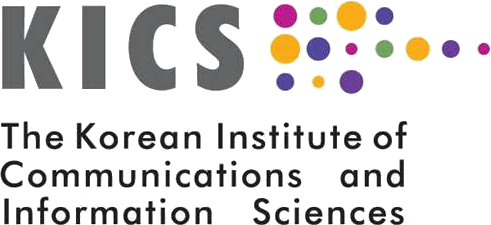Scope
Unmanned aerial vehicles (UAVs) have found fast growing applications during the past few years. As such, it is imperative to develop innovative communication technologies for supporting reliable UAV command and control (C&C), as well as mission-related payload communication. However, traditional UAV systems mainly rely on the simple direct communication between the UAV and the ground pilot over unlicensed spectrum (e.g., ISM 2.4GHz), which is typically of low data rate, unreliable, insecure, vulnerable to interference, difficult to legitimately monitor and manage, and can only operate within the visual line of sight (LoS) range. To overcome the above limitations, there has been significant interest in integrating UAVs into cellular communication systems. On the one hand, UAVs with their own missions could be connected into cellular networks as new aerial users. Thanks to the advanced cellular technologies and almost ubiquitous accessibility of cellular networks, cellular-connected UAVs are expected to achieve orders-of-magnitude performance improvement over the existing point-to-point UAV communications. It also offers an effective option to strengthen the legitimate UAV monitoring and management, and achieve more robust UAV navigation by utilizing cellular signals as a complement to GPS (Global Position System). On the other hand, dedicated UAVs could be deployed as aerial base stations (BSs), access points (APs), or relays, to assist terrestrial wireless communications from the sky, leading to another paradigm known as UAV-assisted communications. UAV-assisted communications have several promising advantages, such as the ability to facilitate on-demand deployment, high flexibility in network reconfiguration, high chance of having LoS communication links, and enable numerous applications such as BS traffic offloading, information dissemination and collection for Internet of Things (IoTs).
UAV communications are significantly different from conventional communication systems, due to the high altitude and high mobility of UAVs, the unique channel of UAV-ground links, the asymmetric quality of service (QoS) requirements for downlink C&C and uplink mission-related data transmission, the stringent constraints imposed by the size, weight, and power (SWaP) limitations of UAVs, as well as the additional design degrees of freedom enabled by joint UAV mobility control and communication resource allocation.
Considering the great success of the previous workshops at ICC 2018, ICC 2019, ICC 2020, and ICC 2021, we aim to organize the 5th Workshop on “Integrating UAVs into 5G and Beyond” at ICC 2022 to bring together academic researchers, industrial practitioners, and individuals working on this emerging exciting research areas to share their new ideas, latest findings, and state-of-the-art results.
Topics
We seek original completed and unpublished work not currently under review by any other journal/ magazine/conference. Topics of interest include, but are not limited to:
-
Channel measurement and modeling for UAV-BS/UAV-terminal/UAV-UAV communication links
-
Network architectures and communication protocols for UAV communications
-
Spectrum management and multiple access schemes for cellular-connected UAVs
-
Interference mitigation for cellular-connected UAVs
-
Massive MIMO/Extremely Large-Scale MIMO/Millimeter wave communications for UAVs
-
Online/offline 3D UAV placement/trajectory design and resource allocation
-
Energy model and energy supplying methods of UAVs, energy-efficient UAV communications
-
Cyber security and physical-layer security of UAV communications
-
Machine learning for UAV communications
-
Integrated sensing and communications (ISAC) for UAVs
-
IRS/RIS aided UAV communication and aerial-IRS/RIS aided terrestrial communications
Important Dates
Paper submission due: January 20, 2022 February 3, 2022
Notification of acceptance: March 06, 2022
Camera-ready papers: March 15, 2022
Submission link: https://edas.info/N28800
Webpage link: https://icc2022.ieee-icc.org/program/workshops
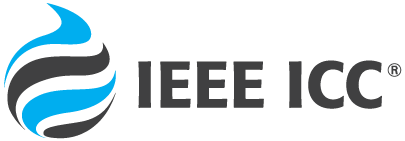





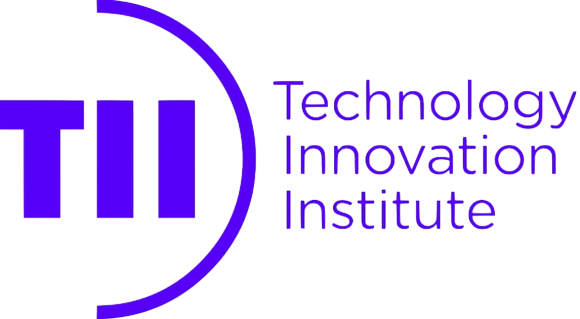
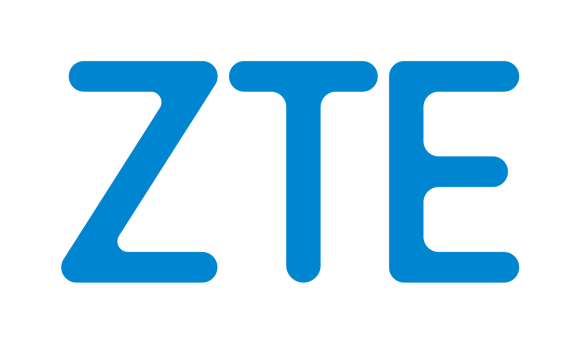
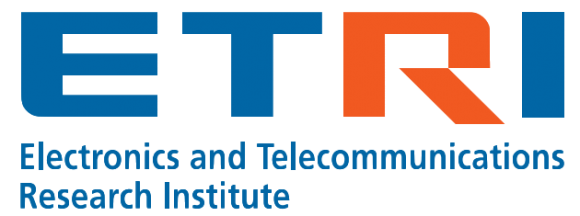
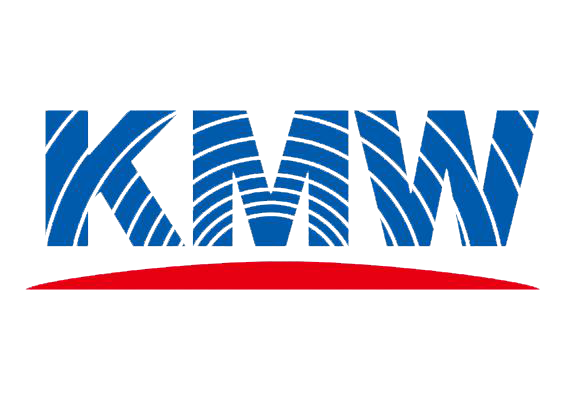
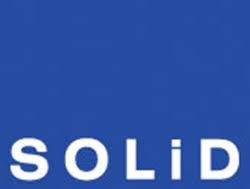
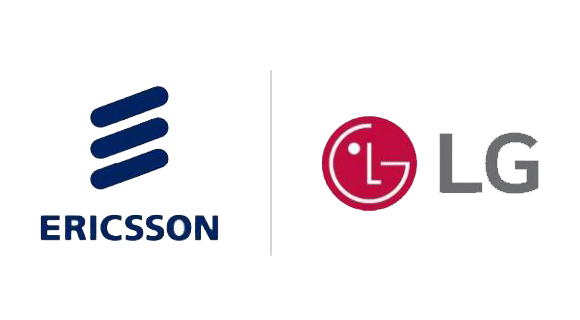

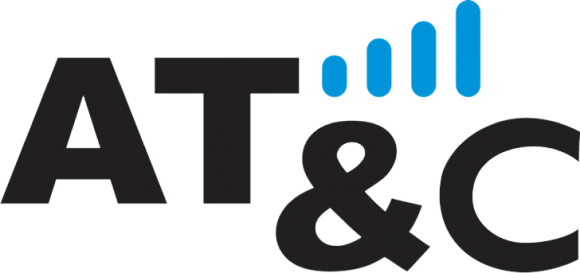
_01.png%3Fitok=vyvEGhfM)

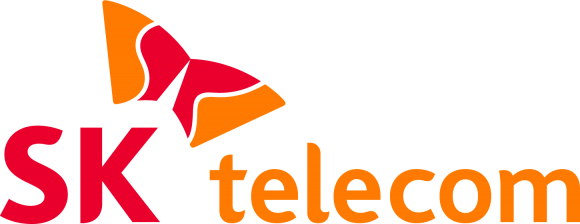
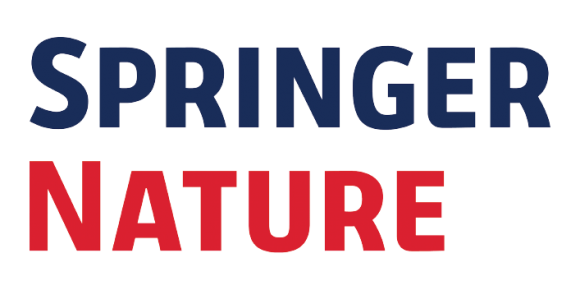

.png%3Fitok=Yj8Y43po)
